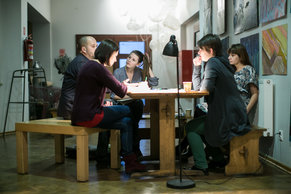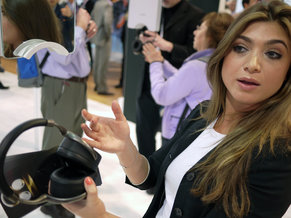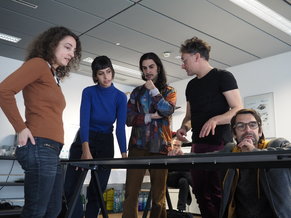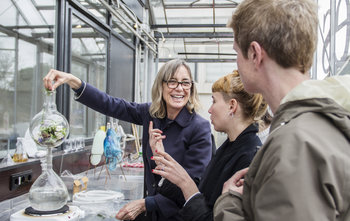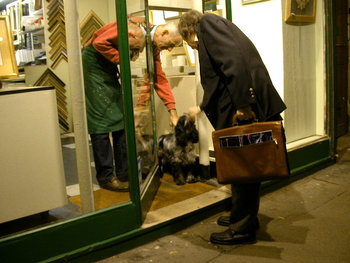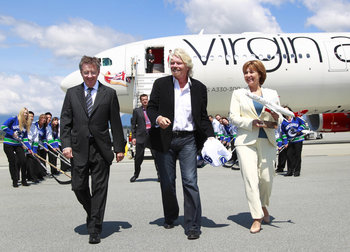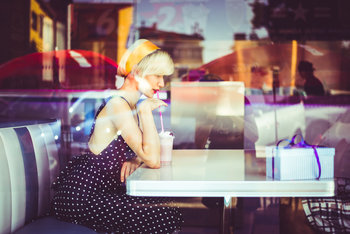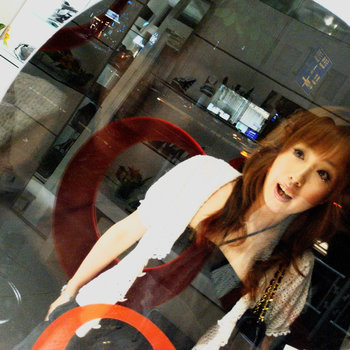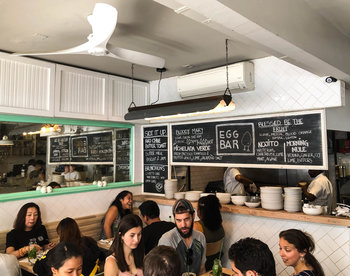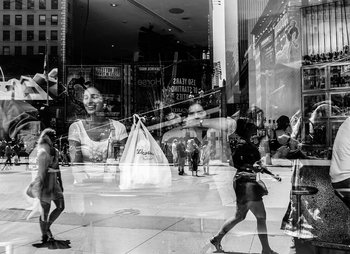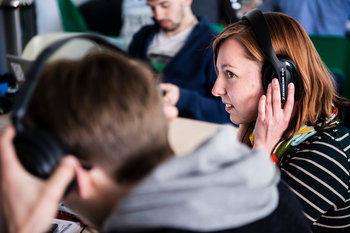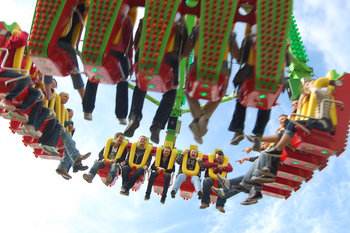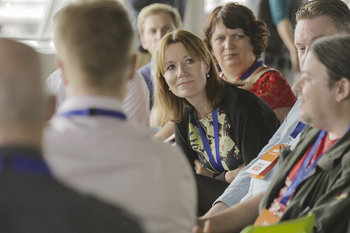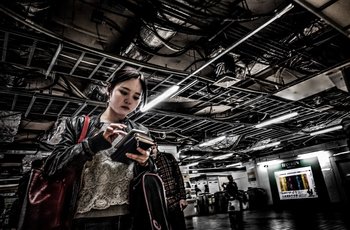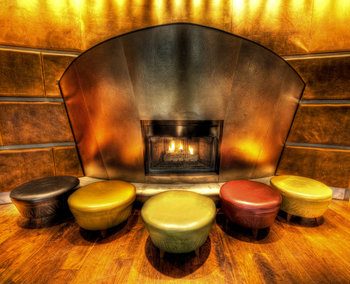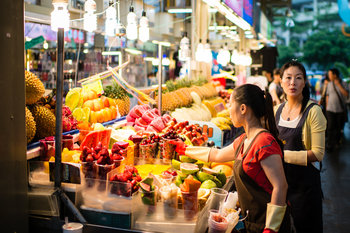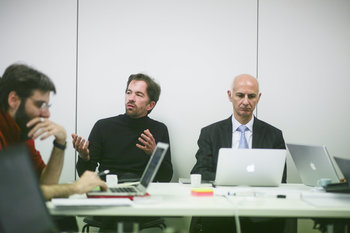
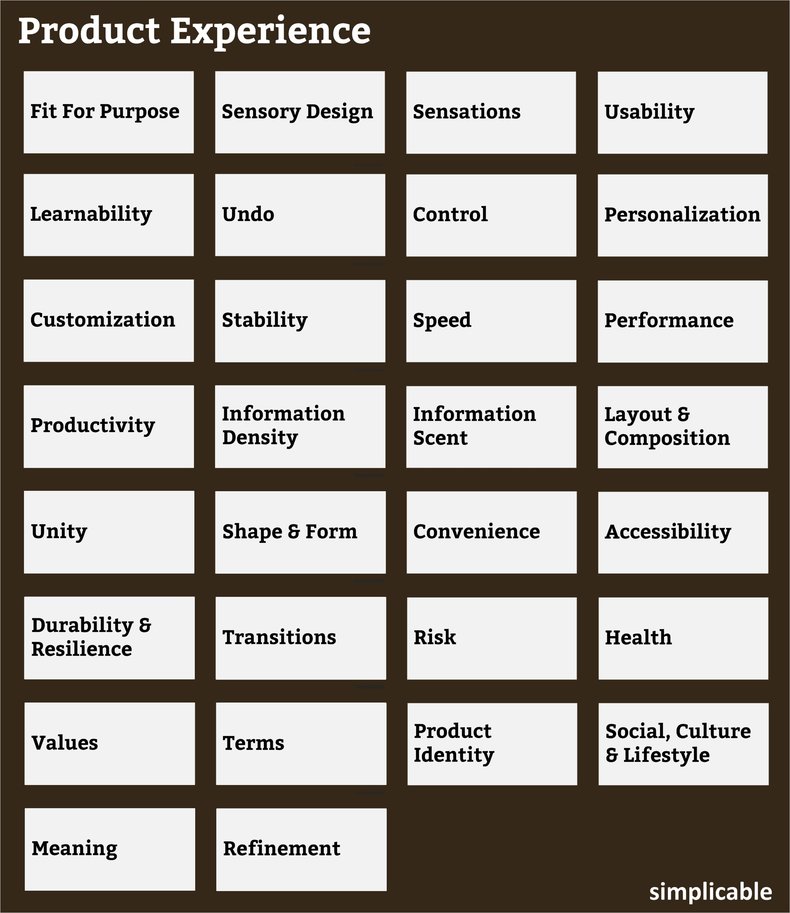
Fit For Purpose
The product or service has the functions you need without bloated features getting in the way.Sensory Design
Visual appeal and pleasing taste, smell, touch and sound.Sensations
Sensations generated by the product such as temperature, light intensity and haptics.Usability
A product that is pleasing to use.Learnability
A product that feels intuitive that is easy to learn with a little trial and error.Undo
The product provides a safe environment where actions can be undone.Control
The product lets you control it. Automations and suggestions feel useful and are easily overridden.Personalization
The product makes reasonably useful assumptions about your preferences.Customization
You can easily customize the product to the way you want it.Stability
User interfaces are predicable. Dynamic elements such as context menus feel intuitive.Speed
The product feels fast and responsive.Performance
The product meets your performance expectations such as a snowboard that is just bendy enough.Productivity
The product allows you to complete your goals quickly.Information Density
The product gives you the amount of information you need to achieve your goals without overwhelming you or making you look too hard.Information Scent
Clear visual cues and structure that make information and functions easy to find.Layout & Composition
The product has a pleasing layout and feels balanced and organized.Unity
Different elements of the product look like they belong together.Shape & Form
A pleasing shape and form. For example, a device that fits in your hand comfortably.Convenience
The product is convenient to use. For example, a device the fits in your pocket or a meal that is easy to prepare.Accessibility
The product is designed to be useful to a broad range of people including people with disabilities.Durability & Resilience
The product doesn't easily break and continues to operate under a wide range of real world conditions.Transitions
Change to the product such as upgrades and expansions go well and aren't detrimental to your use of the product.Risk
The product is safe to use. For example, software that is reasonably secure from information security threats.Health
A product that feels healthy.Values
Customer perceptions regarding the impact of the product on the environment and people. For example, a product that is manufactured locally according to environmentally responsible methods.Terms
The product or service has fair terms of service.Product Identity
People often describe products and brands with the same words they might use to describe a person. For example, a product that you trust.Social, Culture & Lifestyle
A customer who sees a product as a part of their social status, culture or lifestyle. For example, snowboarding goggles that all the cool snowboarders wear on a particular mountain.Meaning
Customers may attach personal meaning to a product. For example, a toy that reminds a parent of their youth.Refinement
The product looks highly refined such that it is was obviously designed and built by people who are diligent in their work.| Overview: Product Experience | ||
Type | ||
Definition | The overall value of a product or service to customers. | |
Related Concepts | ||


